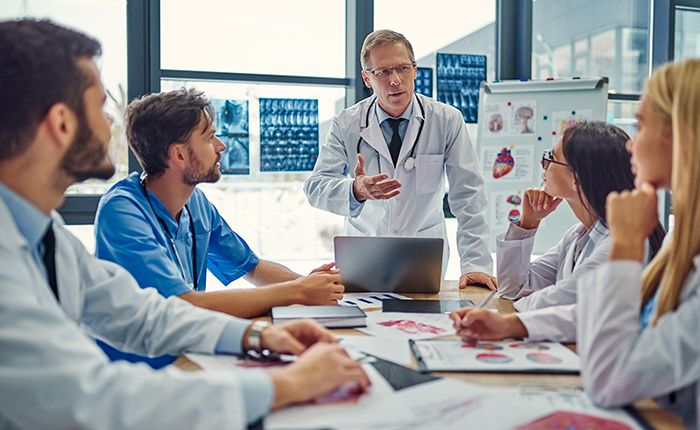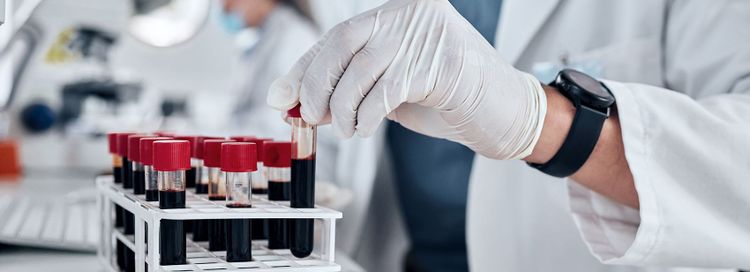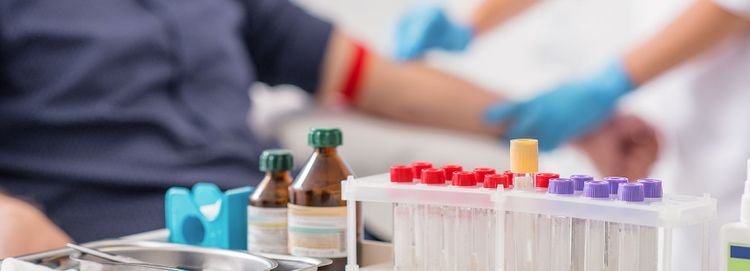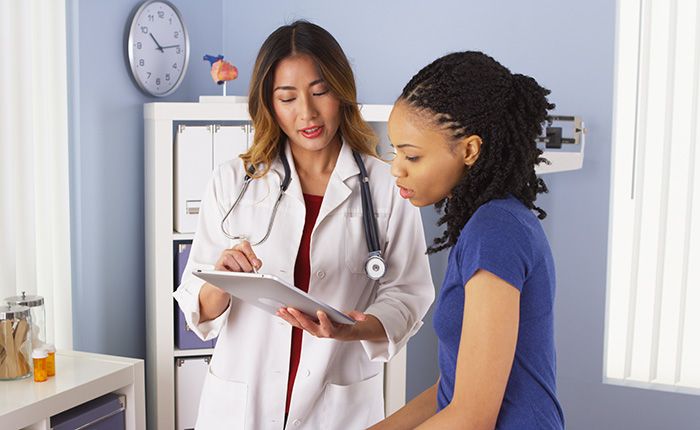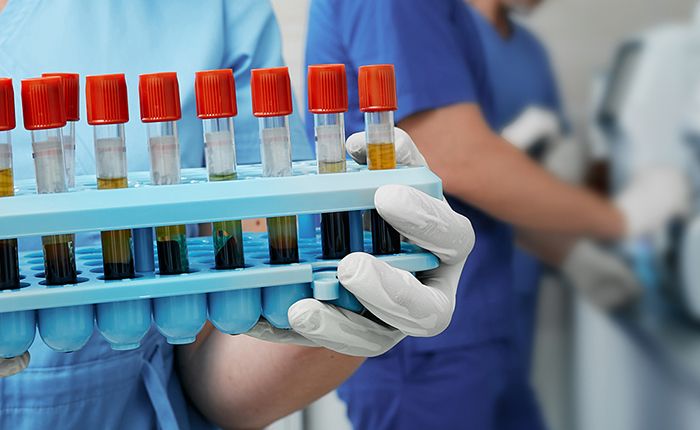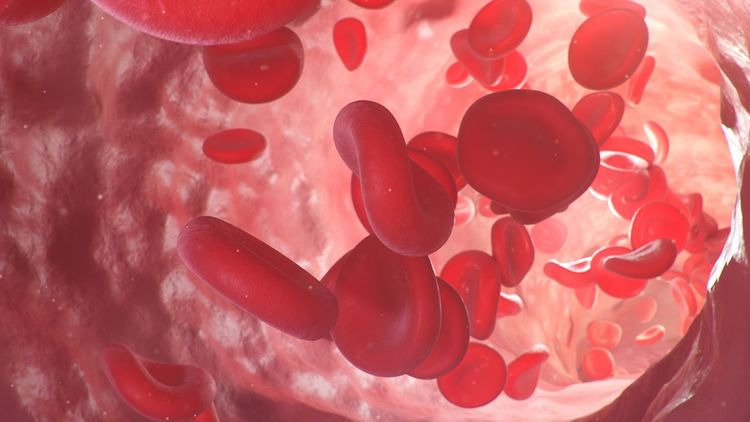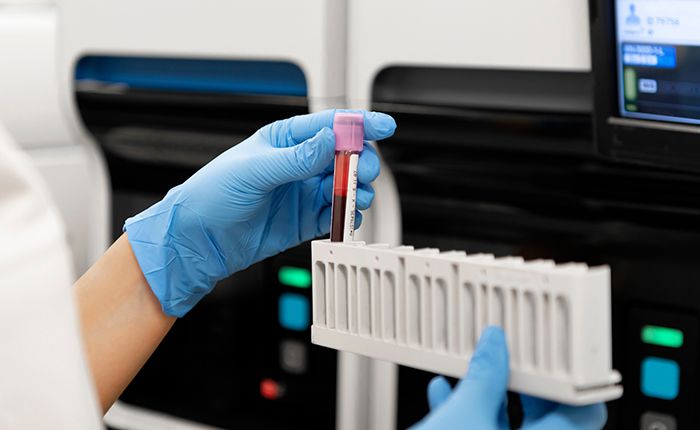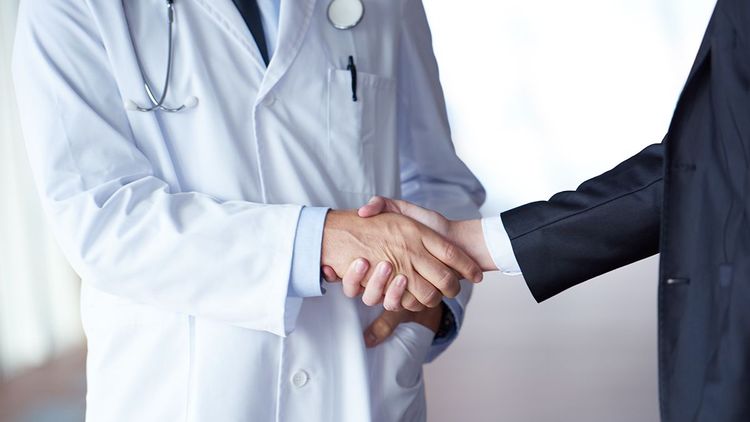January 28, 2021
Two things we have learned so far from the COVID-19 pandemic are that:
- A system for collecting and communicating data and insights in an accurate and timely fashion is critical for decision making, preparedness, and response.
- Collaboration between the public and private sectors along with academia ensures the knowledge, funding, and agility are available to act on innovative solutions.
Recently hc1 and Daon hosted a virtual roundtable discussion that brought together some of our nation’s health, data, security, and identity experts to discuss how we can apply lessons learned in response to one crisis, the September 11, 2001, terrorist attacks on the United States, to our COVID-19 pandemic response. The discussion touched on both security and public health issues and how we can address both needs in a way that ensures we can resolve the current crisis and be best prepared to prevent or mitigate future crises.
The expert panel for The evolution of risk-based safety: from TSA PreCheck to COVID-19 included:
- Governor Tom Ridge, First U.S. Homeland Security Secretary
- Brad Bostic, Chairman and CEO, hc1
- Tom Grissen, CEO, Daon
- Dr. Steven Goldberg, MD, MBA, Vice President, Medical Affairs, Population Health and Chief Health Officer, Quest Diagnostics
- Provost Ken Furton, Executive Vice President and Chief Operating Officer Florida International University
Vital information can be shared while protecting privacy
Employers, universities, event venues, airlines, and other businesses and organizations are seeking a way to safely re-open gathering spaces and to plan for and mitigate future risks to ensure spaces stay open. The panel discussed the need to deliver the data efficiently while also protecting privacy.
“There’s this awakening that’s happening that’s not new news to us—and us meaning not only hc1, but this broader group of people who have been committed across the country and around the world—to looking into what I’ll describe as the biosignals that are out there and not using these privacy laws and things as a barrier to innovation,” Bostic told the panel. “But you can do these things in a way that at population scale allow you to identify these biosignals that are indicative of risk while still preserving privacy.”
He said it’s important to not only look at the signals on a macro level, but also on a micro level to ensure an individual is not exposing others to risk.
“You know if I’m going to be tested for something, I’d sure rather have it be utilized in aggregate to understand what’s going on with the results,” said Bostic. “So that we can figure out anything from, in this case, it’s a pathogen, but this applies to anything whether it’s lead in the water or people developing chronic conditions like diabetes, there are these signals out there that need to be leveraged.”
Furton also noted that the solutions being put in place now in response to COVID-19 will have continued and wider application outside of the pandemic. “I think what this pandemic has done, it’s really accelerated trends that were already occurring. We put in place in our different organizations these tools that will allow us to respond more intelligently in the future to these kinds of threats,” said Furton.
“I’ve observed connections that are being built that will endure, said Goldberg. “The technology that we implemented to give us an early warning on COVID-19, that was an emerging crisis use case. The same technology that has been implemented can give us a view of emerging problems with cardiovascular disease, with diabetes, with social determinants of health, with chronic kidney disease, and it really creates an opportunity for focused attention in areas at a public micro use area, so really small, smaller than a county, that can help public health organizations, clinicians, and others really do proactive work for vulnerable individuals.”
Collaboration between public, private, and academic organizations brings a faster, more innovative solution
The panel also discussed how the public and private collaboration that delivered TSA PreCheck could be used as a model approach for tackling national crises like the COVID-19 pandemic.
“More often than not it’s that public/private partnership that, when it’s appropriately directed in the collaboration between the two, given the right kind of leadership and direction, is a very powerful alignment,” Ridge told the panel. He explained that while the government may do well at identifying the pain point and the outcome to be achieved, the private sector working in partnership with academia can be more agile and innovative to solve the problem more quickly.
COVID-19 has brought a need for laboratory testing information to be available for many more uses than just for a physician to assess a patient’s health. Laboratory test results are now needed by airlines, employers, schools and universities, event organizers, and others to help ensure that spaces where people gather are kept safe. Delivering the information to these varied groups has become a challenge that both public and private entities are working to solve.
“We have done a great job as a country on trying to bring forth therapeutics, lab results, vaccines, other preventative measures, and now we have digital tools [that] are going to be increasingly important to put in the hands of travelers and people in all walks of life whether it’s a campus or workplace safety,” said Grissen.
“I think there’s a lot of attention paid to public-private partnerships, the driving innovative force, the most agile force, the most creative force in that partnership has been and will always be the private sector, but when they’re galvanized to respond to a major national or international problem and, get out of their way, it’s amazing what that kind of collaboration can do,” said Ridge.
Lives are at stake, so we need to act
Another key theme that emerged during the roundtable discussion was the need to make informed and deliberate action without delay is critical to saving lives.
Needs identified were:
- Timely, accurate data and insights
- Collaboration across public, private, and academic sectors
- Innovation to eliminate roadblocks
- Clear, consistent, honest, and repeated communication
To view the entire roundtable discussion, The evolution of risk-based safety: from TSA PreCheck to COVID-19, click here. For more information and to request a demo of hc1’s return-to-work and campus solution, hc1 Workforce Advisor, click here.



